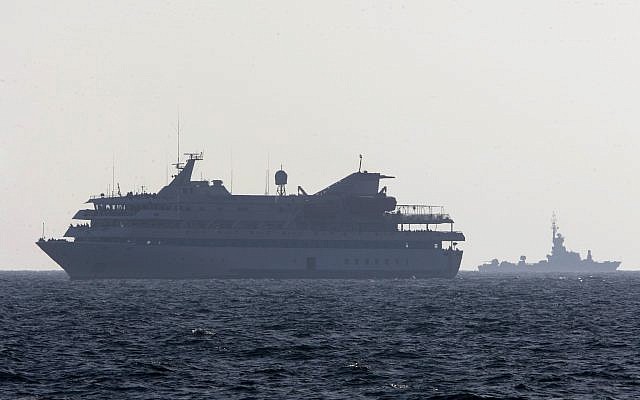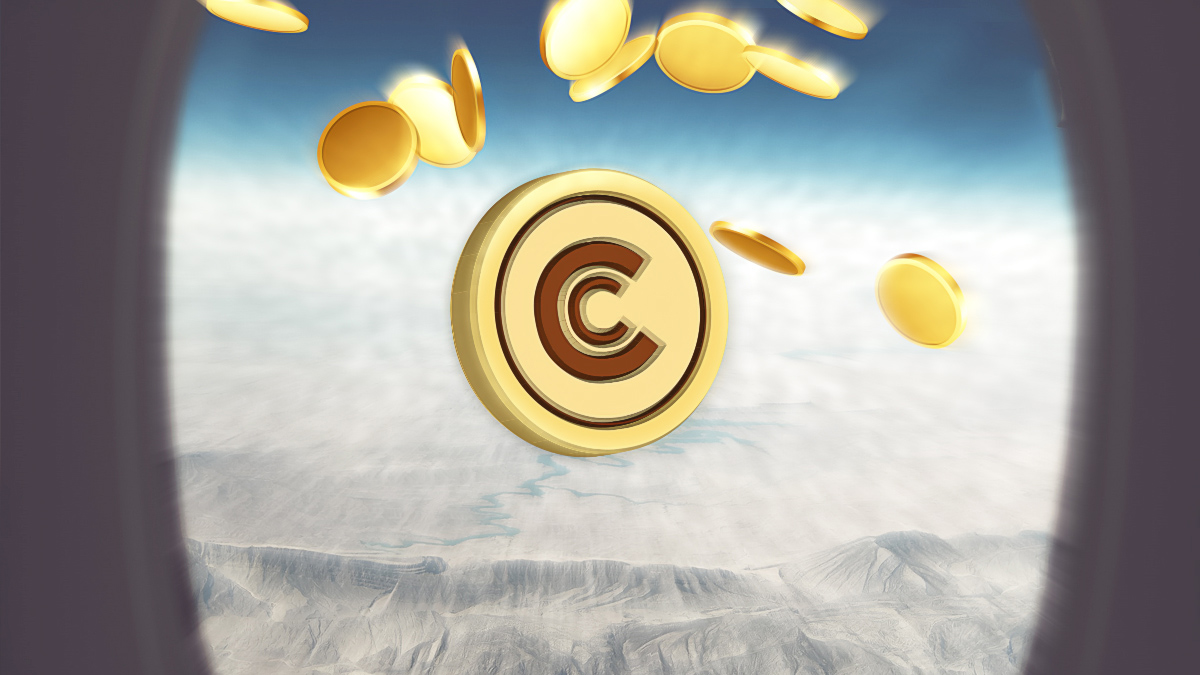Offshore Wind Farm Economics: A Turning Point For The Industry

Table of Contents
Decreasing Costs of Offshore Wind Energy
The cost of offshore wind energy has plummeted in recent years, making it increasingly competitive with traditional fossil fuel sources. This decline is a result of several interconnected factors:
Technological Advancements
Significant advancements in turbine technology are at the forefront of this cost reduction.
- Larger Turbine Capacity: Turbines are now significantly larger, generating more power per unit. Companies like Siemens Gamesa and Vestas are leading the charge with turbines exceeding 14 MW capacity. This directly translates to lower cost per megawatt-hour (MWh).
- Higher Efficiency: Improvements in blade design, gearbox technology, and control systems have dramatically increased turbine efficiency, maximizing energy capture and reducing operational costs.
- Improved Construction Techniques: The use of specialized vessels like jack-up barges and floating platforms, coupled with modular construction techniques, has significantly reduced installation time and costs.
Data shows a remarkable reduction in the cost of offshore wind energy. For instance, the cost per MWh has fallen by over 50% in the last decade in several key markets.
Economies of Scale
Larger offshore wind farms benefit significantly from economies of scale. The higher volume of components purchased and the optimized logistics lead to considerable cost savings.
- Dogger Bank Wind Farm (UK): This massive project, one of the world's largest, exemplifies the cost advantages of scale. Its sheer size allows for significant cost reductions per unit of energy generated.
- Ørsted's Offshore Wind Farms: Ørsted, a global leader in offshore wind, has consistently demonstrated the correlation between project size and cost efficiency.
The data clearly illustrates that larger projects experience a significantly lower cost per MWh compared to smaller-scale developments.
Supply Chain Optimization
Improvements across the offshore wind supply chain are also playing a crucial role.
- Manufacturing Advancements: Automated manufacturing processes and innovative material usage are leading to lower production costs for key components like turbines and foundations.
- Logistics Improvements: Optimized logistics and port infrastructure are reducing transportation costs and delays.
- Local Content Policies: Government policies promoting local content manufacturing are fostering competition and driving down prices.
These advancements collectively contribute to a more competitive and efficient supply chain, directly impacting the overall project costs.
Increased Investment and Financing in Offshore Wind
The attractiveness of offshore wind as an investment has soared in recent years.
Growing Investor Confidence
Stable long-term returns, coupled with government support and increasing demand for clean energy, have significantly boosted investor confidence.
- Major Investors: Major players like BlackRock, Allianz, and Copenhagen Infrastructure Partners are heavily investing in offshore wind projects globally.
- Investment Growth: Investment in offshore wind has grown exponentially over the last decade, indicating strong faith in the sector's future.
Data shows a compound annual growth rate (CAGR) of over X% in offshore wind investment over the past five years, highlighting the increasing confidence from financial institutions.
Government Policies and Subsidies
Government policies, tax credits, and renewable energy mandates are crucial in driving investment.
- Renewable Portfolio Standards (RPS): Many countries have implemented RPS, mandating a certain percentage of electricity generation from renewable sources, including offshore wind.
- Tax Credits and Subsidies: Government incentives significantly reduce the financial risk for developers, making projects more attractive to investors.
- Carbon Pricing Mechanisms: Policies like carbon taxes or cap-and-trade systems make clean energy more competitive.
These policy measures demonstrate a clear commitment to supporting offshore wind development, directly impacting project financing and deployment.
Innovative Financing Models
New financing models are further accelerating investment.
- Green Bonds: These bonds specifically target environmentally friendly projects, attracting investors seeking both financial returns and environmental impact.
- Project Finance: Sophisticated project finance structures spread risk among multiple stakeholders, reducing the financial burden on individual investors.
The use of these innovative financing mechanisms is streamlining investment processes and making offshore wind projects more financially viable.
Evolving Policy Landscape and Regulatory Frameworks
Regulatory advancements are crucial for accelerating offshore wind development.
Streamlined Permitting Processes
Faster permitting processes are key to reducing project timelines and costs.
- Denmark and the UK: These countries have implemented streamlined permitting processes, significantly reducing the time it takes to get projects approved.
- Reduced Bureaucracy: Efforts to reduce bureaucracy and simplify regulatory requirements are making project development quicker and more efficient.
Data reveals a significant reduction in permitting times in countries with streamlined regulatory frameworks.
Grid Integration Strategies
Modernizing and expanding the grid is crucial to accommodate the influx of offshore wind energy.
- Grid Upgrades: Significant investments in grid infrastructure are required to ensure reliable integration of large-scale offshore wind farms.
- Smart Grid Technologies: The incorporation of smart grid technologies enhances grid stability and manages the intermittent nature of renewable energy sources.
Data demonstrates significant increases in grid capacity dedicated to renewable energy integration in many regions.
International Collaboration and Knowledge Sharing
International cooperation is essential for the continued advancement of offshore wind.
- International Partnerships: Countries are collaborating on research, development, and deployment of offshore wind technologies.
- Knowledge Sharing: Sharing best practices and lessons learned accelerates technological innovation and regulatory improvements.
These collaborations accelerate the learning curve and drive down costs across the industry.
Conclusion
The turning point in Offshore Wind Farm Economics is undeniable. Decreasing costs driven by technological advancements, economies of scale, and supply chain optimizations are coupled with increased investment fueled by growing investor confidence, government support, and innovative financing models. Furthermore, a supportive policy landscape characterized by streamlined permitting processes, grid integration strategies, and international collaboration is accelerating the industry's growth. The future of offshore wind looks bright, with continued potential for cost reductions and capacity expansion. Explore the exciting investment opportunities in offshore wind, or delve deeper into the latest advancements in offshore wind energy economics and offshore wind farm cost reduction to participate in this transformative energy revolution.

Featured Posts
-
 Gaza Freedom Flotilla Reports Drone Attack Issues Sos Near Malta
May 03, 2025
Gaza Freedom Flotilla Reports Drone Attack Issues Sos Near Malta
May 03, 2025 -
 Scottish Election Outlook Farages View On Snp Chances
May 03, 2025
Scottish Election Outlook Farages View On Snp Chances
May 03, 2025 -
 Mo Salah Contract Liverpools Plan And The Risks
May 03, 2025
Mo Salah Contract Liverpools Plan And The Risks
May 03, 2025 -
 Fortnite Item Shop Free Captain America Items For A Limited Time
May 03, 2025
Fortnite Item Shop Free Captain America Items For A Limited Time
May 03, 2025 -
 Will Reform Uks Policies Benefit Uk Farmers An In Depth Look
May 03, 2025
Will Reform Uks Policies Benefit Uk Farmers An In Depth Look
May 03, 2025
Latest Posts
-
 Understanding The Recent Gold Price Downturn Back To Back Weekly Losses In 2025
May 04, 2025
Understanding The Recent Gold Price Downturn Back To Back Weekly Losses In 2025
May 04, 2025 -
 Golds Unexpected Dip Two Weeks Of Losses In Early 2025
May 04, 2025
Golds Unexpected Dip Two Weeks Of Losses In Early 2025
May 04, 2025 -
 Analysis Golds Recent Decline And What It Means For Investors In 2025
May 04, 2025
Analysis Golds Recent Decline And What It Means For Investors In 2025
May 04, 2025 -
 Canadiens Vs Oilers Your Morning Coffee Hockey Recap And Outlook
May 04, 2025
Canadiens Vs Oilers Your Morning Coffee Hockey Recap And Outlook
May 04, 2025 -
 2025 Gold Market First Double Week Loss Of The Year
May 04, 2025
2025 Gold Market First Double Week Loss Of The Year
May 04, 2025
